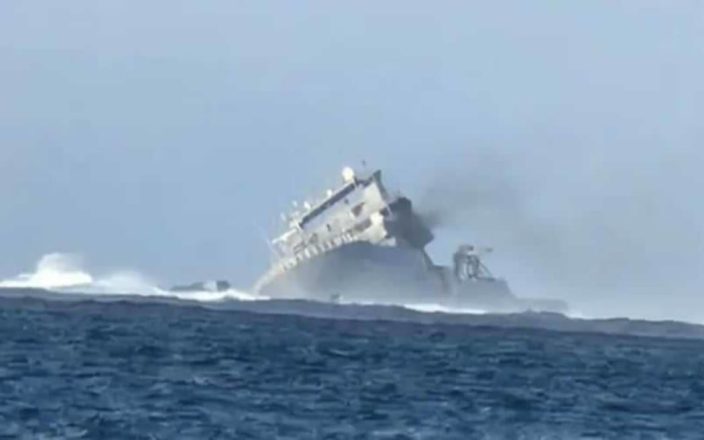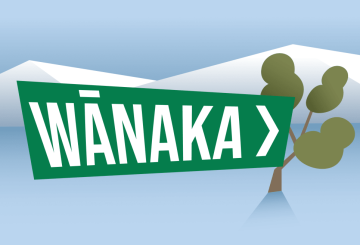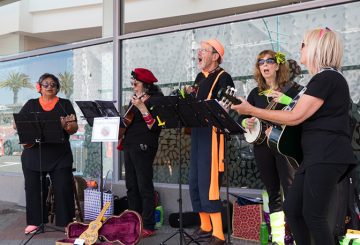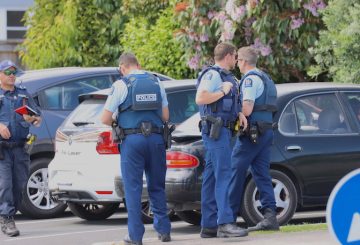HMNZS 마나와누이는 토요일에 우폴루 섬 남쪽 해안에서 좌초하여 화재를 일으켜 전복된 후 침몰했습니다.일부 승무원은 뉴질랜드로 돌아왔고, 뉴질랜드 방위군과 뉴질랜드 해양 팀은 상황을 파악하고 구조 작업을 계획하기 시작했습니다.
우폴루에서 서핑 어드벤처 회사를 운영하는 브렌트 로스는 난파선 근처에서 잔해와 연료유를 보았다고 전했다.그는 많은 현지인들이 생계를 위해 어업에 의존하고 있기 때문에 현지 어민과 해양 환경에 대해 우려를 표명했습니다.
전문가들은 침몰로 인해 얼마나 많은 피해가 발생할지는 확실하지 않다고 말합니다.요인으로는 해저 유형, 수심, 기상 조건, 선박에 탑재된 화학물질 등이 있습니다.Rena 정화 작업을 담당한 해안 과학 교수 크리스 배터쉴은 기관들이 신속하게 조치를 취하면 피해를 최소화하는 데 도움이 될 수 있다고 지적했습니다.
국방부는 선박에 표준 해양 화학 물질과 경유 연료인 자동차 가스 오일이 실려 있었음을 확인했습니다.Battershill 교수는 가벼운 오일은 빠르게 증발하여 시간이 지남에 따라 독성을 감소시킬 수 있다고 언급했습니다.하지만 오일이 해안으로 밀려오면 즉각적인 오염을 일으킬 수 있습니다.
마나와누이는 구조 및 청소에 대한 타사 보험에 가입되어 있지만 비용이 많이 들기 때문에 교체 보험에 가입되어 있지 않습니다.국방부 장관실은 선박에 대한 보험 지출은 변하지 않았다고 밝혔습니다.
노동당 대변인 피니 헤나레 (Peeni Henare) 는 해군 함정이 종종 작전에 어려움을 겪기 때문에 향후 방위선에 대한 보험을 개선할 것을 촉구했습니다.
이달 말에는 영연방 국가 지도자들이 사모아에서 만나 CHOGM 정상 회담을 가질 예정입니다.이러한 상황은 뉴질랜드를 국제적으로 바라보는 시각에 영향을 미칠 수 있으며, 헤나레는 좋은 평판을 얻기 위해 강력한 대응이 필요하다고 강조했습니다.






























































